Summary
- Final Fantasy games have varying challenge levels due to different battle systems experimentation.
- Some earlier FF games feature steep learning curves, requiring trial and error to master.
- FF games like FF2 have unique systems, complex job classes, and demand players to learn independently.
The Final Fantasy series has seen a lot of different interpretations of its battle systems across sixteen mainline entries and many spin-offs and remakes besides. From turn-based, to hybrid, to full-action combat styles, the series has experimented with every kind of RPG combat. As such, the challenge level of the games has often been inconsistent throughout the series, with some entries demanding mastery of their systems, and some letting players breeze through with relative ease.
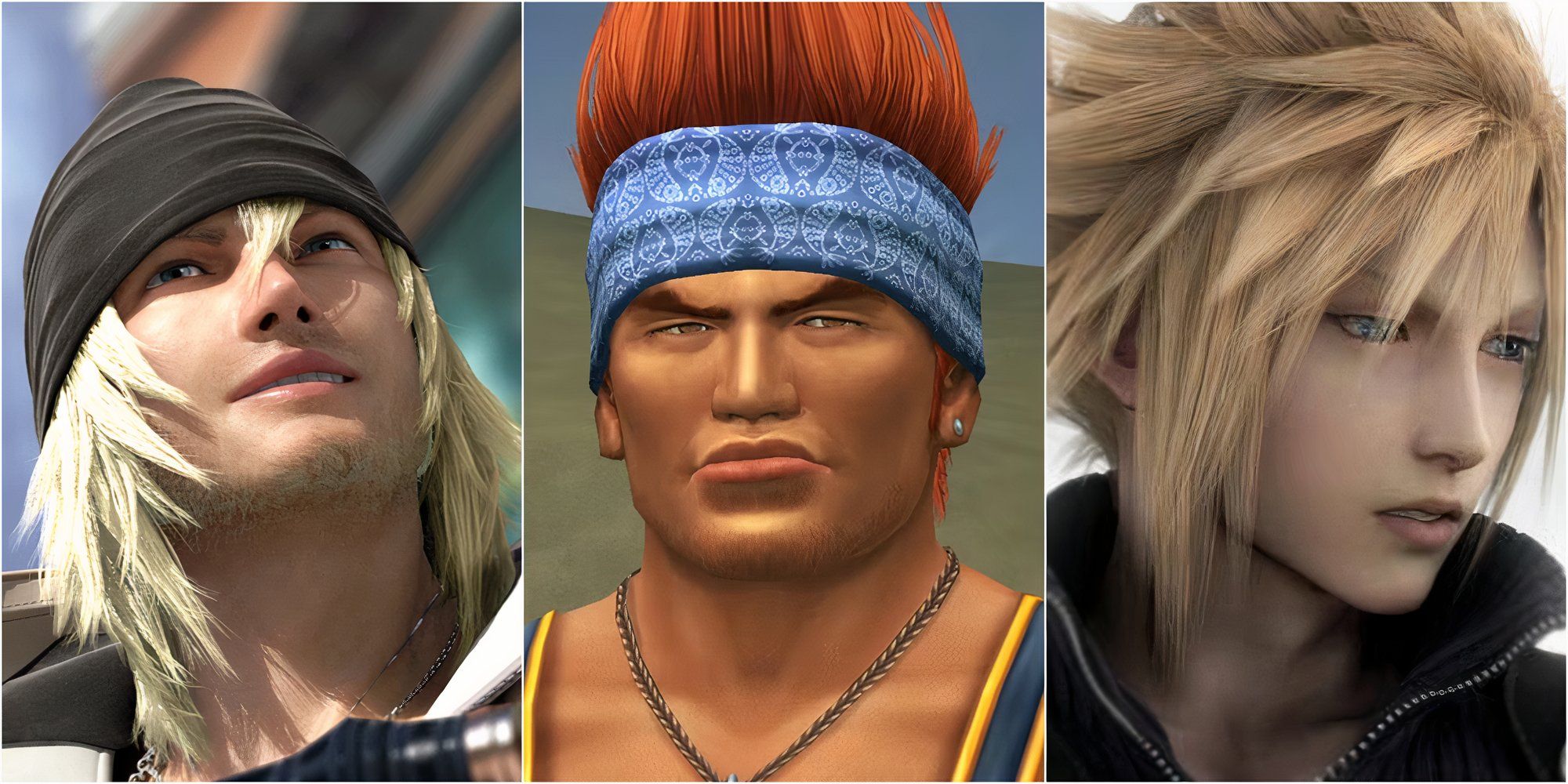
Related
Final Fantasy: 8 Most Stubborn Characters In The Series
These Final Fantasy characters are too stuck in their own ways to ever see the world in a different light.
Not every game eases players in. Especially when it comes to earlier entries, the pre-3D Final Fantasy games often start with little to no introduction to their more complex systems. These games rely on the player to interpret what’s going on through trial and error, and can lead to some steep learning curves as players come to master these systems. These are the Final Fantasy games with the steepest learning curve.
8
Final Fantasy 10
Full Roster Shuffle
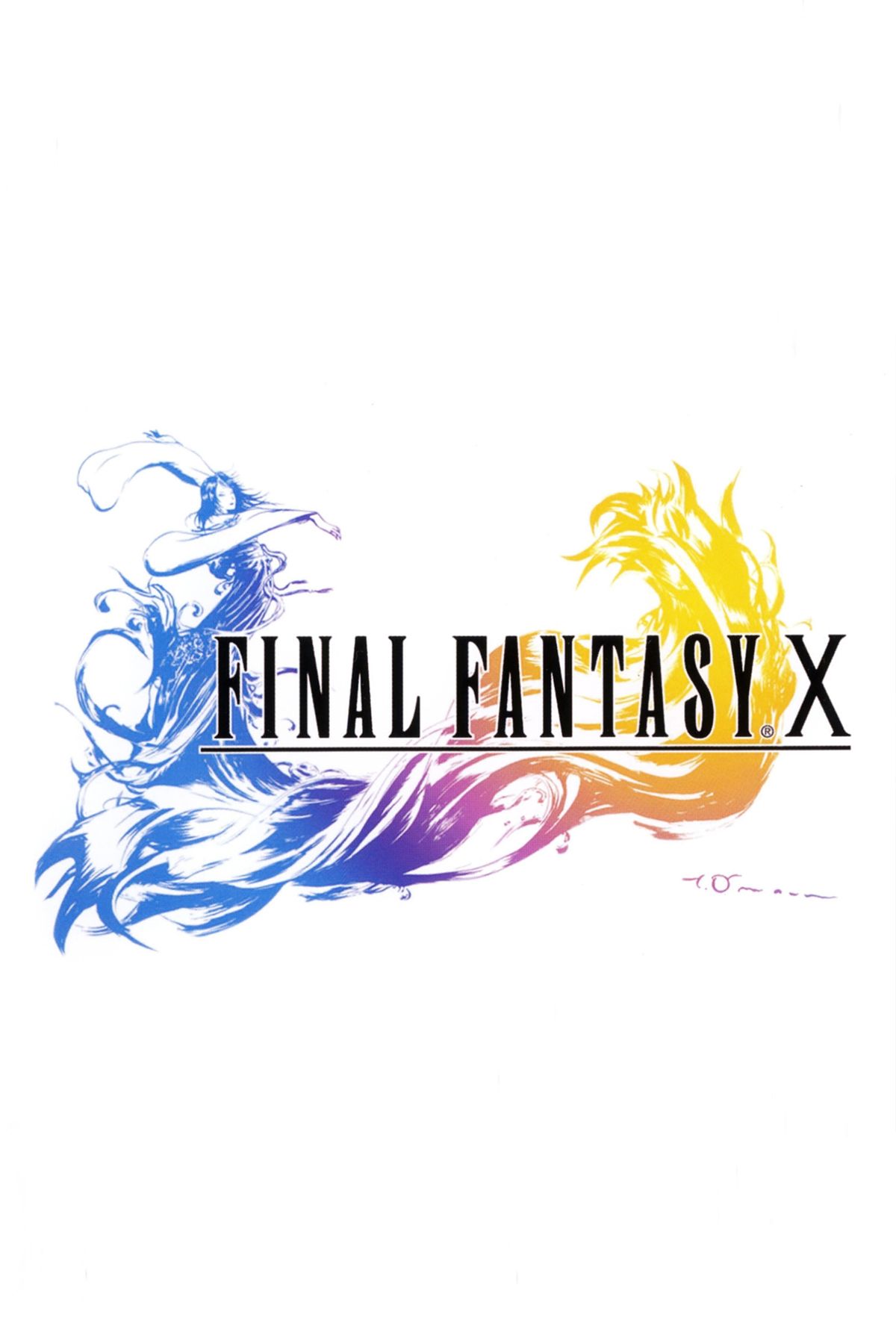
Final Fantasy 10‘s party-driven turn-based combat system might catch some players off guard. Party members in FF10 aren’t aesthetic or personality-based choices for the player. Each character has a specific role in combat and players will find themselves swapping characters in and out on a turn-by-turn basis.
Making full use of the ability to swap characters in as needed is encouraged by enemy compositions, with different enemies having weaknesses that can only be targeted by a specific type of damage, and so on. However, not only does this system take some getting used to, it also requires the player to spend time investing in building out each character’s gear and sphere grid to keep the whole party viable.
The sphere grid in particular can catch out newcomers. With vital Lock spheres only being available at certain points, it’s fairly easy for new players to lock a character out of leveling if they neglect them early on. Backtracking to these earlier points is usually possible, but that requires players to learn that they need these items first. Final Fantasy 10 isn’t the hardest FF game to learn, but it does have its quirks.
7
Final Fantasy 4
A Long Final Stretch

- Released
-
July 19, 1991
- ESRB
-
e
- Developer(s)
-
Square
- OpenCritic Rating
-
Mighty
Final Fantasy 4 (also known as Final Fantasy 2 in its original North American release) was the first game in the Final Fantasy series to introduce the Active Time Battle (ATB) system. This system in itself introduced a steep learning curve for players used to the traditional turn-based system, introducing a timed element that made move selection more pressuring.
The game also used fixed classes for the first time, meaning players had to learn the strengths of each character to make effective party compositions. It’s not the hardest Final Fantasy game once players get used to these systems, but the learning curve is exacerbated by a long final dungeon that represents a large difficulty spike and must be repeated in full if failed.
6
Final Fantasy 8
GFs And Junctions
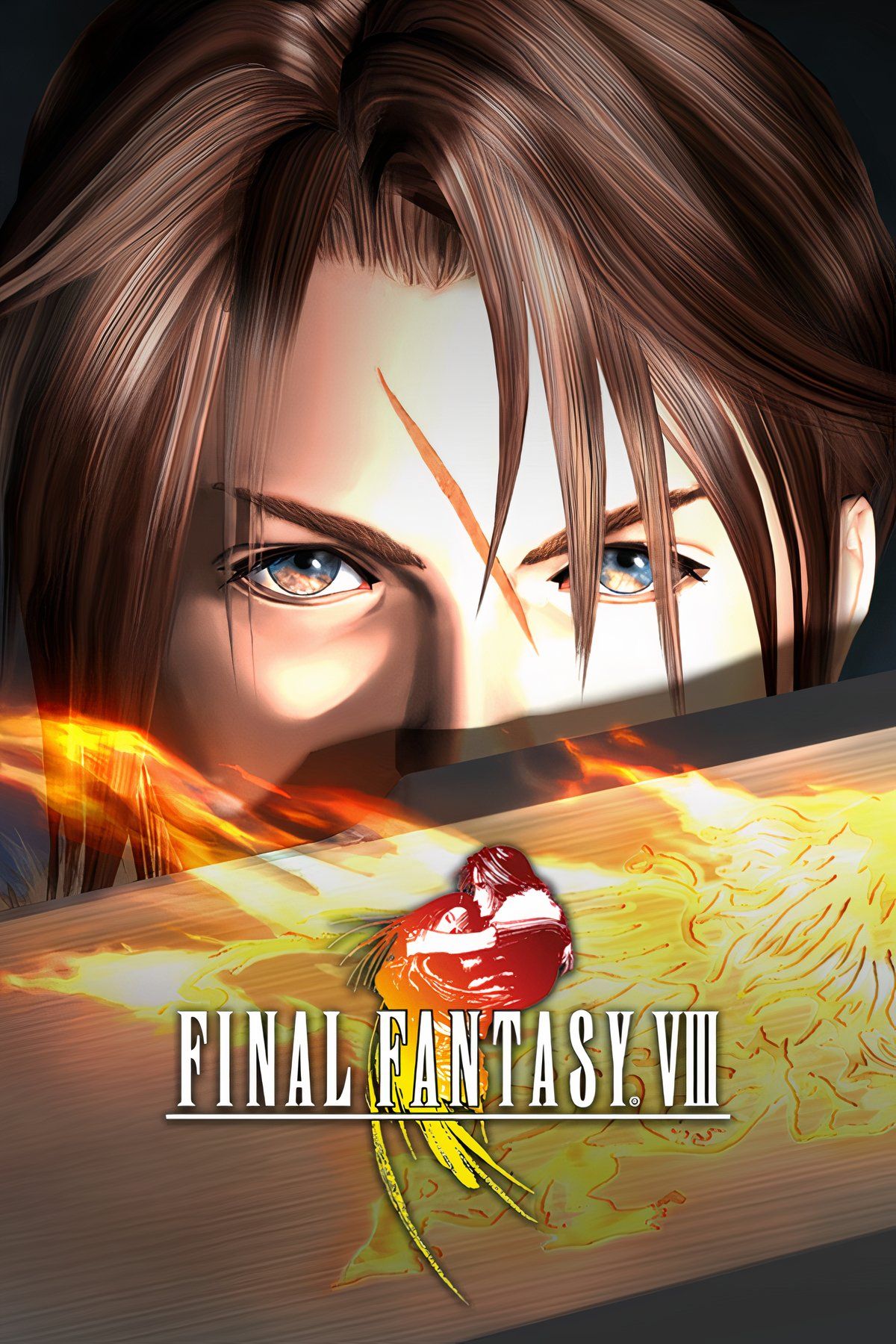
- Released
-
February 11, 1999
- ESRB
-
T for Teen: Mild Language, Suggestive Themes, Violence
- OpenCritic Rating
-
Strong
Many players have difficulty getting to grips with Final Fantasy 8‘s junction system, as well as how its summons (GFs) work. The game doesn’t do itself any favors by making the tutorials for these systems obtuse and, in many cases, completely optional and missable. Final Fantasy 8 allows players to walk off without picking up their assigned GFs at the start of the game, and lets players skip all but the most basic junctioning tutorial.

Related
Final Fantasy: 8 Hardest Bosses To Unlock, Ranked
There is typically a tough-as-nails optional boss in every Final Fantasy game, but unlocking the chance to fight them can be even more challenging.
Even if players go through these tutorials, they still have to work out how to assign abilities for GFs to learn, equip GFs to relevant characters, and wrestle with the idea that junctioning a spell must be balanced with using spells, at least in the early game. The counterpoint to these ideas is that once players have wrapped their heads around this system and learned things like where the best draw points exist and how to access them, the systems become easy to leverage for unparalleled player power.
5
Final Fantasy Tactics
All About Positioning
Being in a tangential but significantly different genre to the mainline Final Fantasy games, Final Fantasy Tactics can be difficult for first-time players to learn. This is especially true if they’re not familiar with other tactics RPGs. Not only do players have to reckon with movement and positioning on the game’s grid-based maps, but they also have a lot of freedom in how to develop their characters.
Final Fantasy Tactics uses a job system reminiscent of the classic games, with the player able to assign characters new jobs between battles. Jobs and characters level independently, so the player can master a job and then change roles to allow for even more customization. Getting used to this system requires some trial and error, and the game doesn’t pull its punches with difficulty. If players aren’t used to Tactics-RPGs, then Final Fantasy Tactics has one of the steepest learning curves.
4
Final Fantasy 3
Huge Difficulty Spike

- Released
-
April 27, 1990
- ESRB
-
m
Final Fantasy 3 wasn’t localized at its time of release, only existing on the Famicom for the Japanese market at the time. Later localizations have solved this issue, though some versions also made changes to the original game. The game used the job system for character progression, arguably for the first time, as this incarnation was a much more fleshed-out and customizable system than the first game.
Final Fantasy 3 also featured a fully turn-based battle system, as opposed to the ATB systems of many later games. The game makes full use of these systems, giving character jobs unique actions like Jump and Steal for the first time. That also means players have to experiment and learn the ins and outs of these jobs to make full use of them. As is a common foible in the earlier FF games, FF3 also features a torturously long final dungeon and boss that has to be completed in one go. So, if players haven’t mastered the game’s battle system by the time they get there, they’ll need to learn fast.
3
Final Fantasy 12
The Gambit System
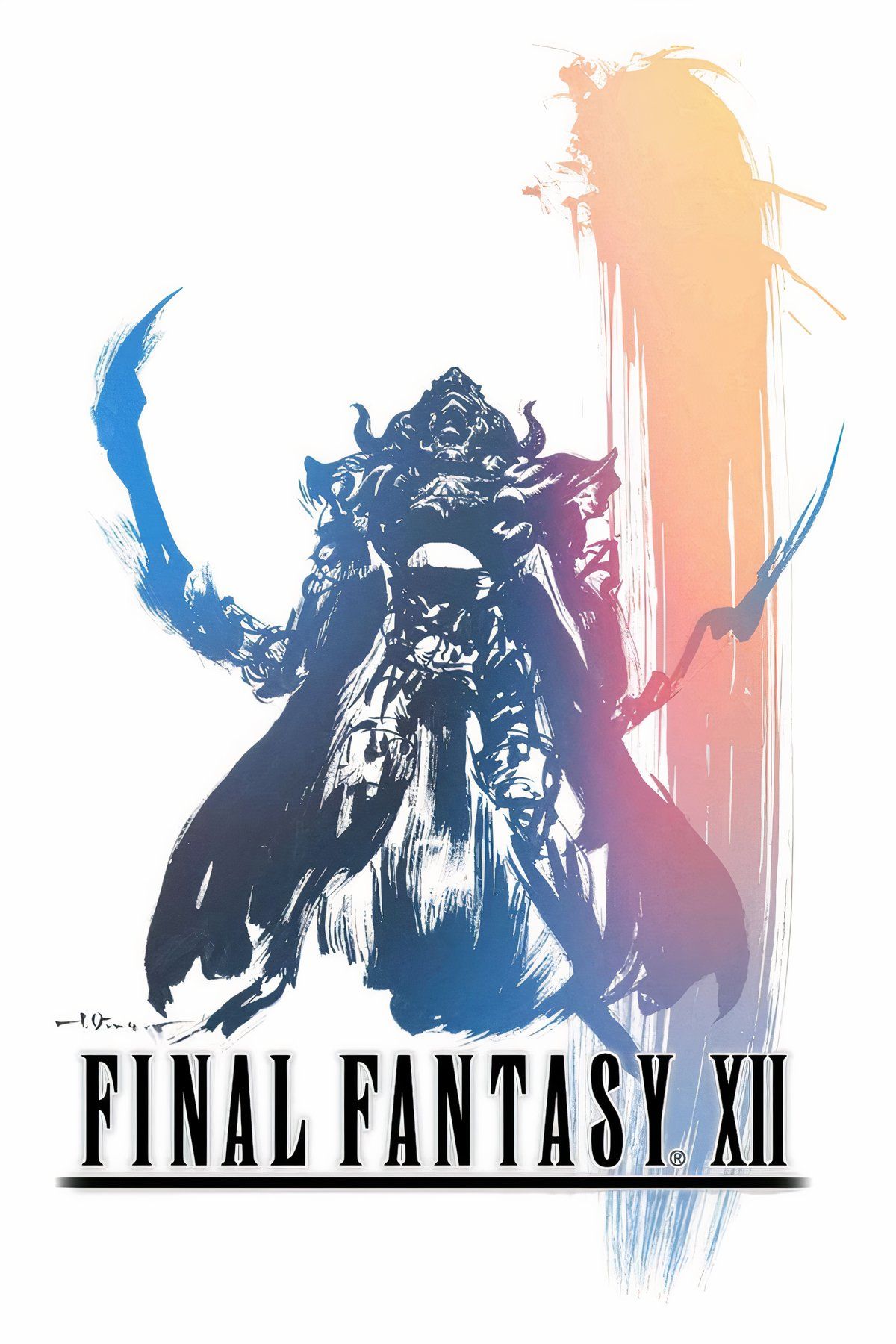
- Released
-
October 31, 2006
- ESRB
-
T For Teen due to Alcohol Reference, Fantasy Violence, Mild Language, Partial Nudity, Suggestive Themes
Final Fantasy 12 took a unique approach to party management that was quite divisive among players at the time. This was the first Final Fantasy game to use AI-controlled party members in battle. Any character a player isn’t directly controlling will act on their own in battle, and their actions are determined by Gambits, customizable instructions that the player can set, like “Use a potion below 50% HP” and so on.
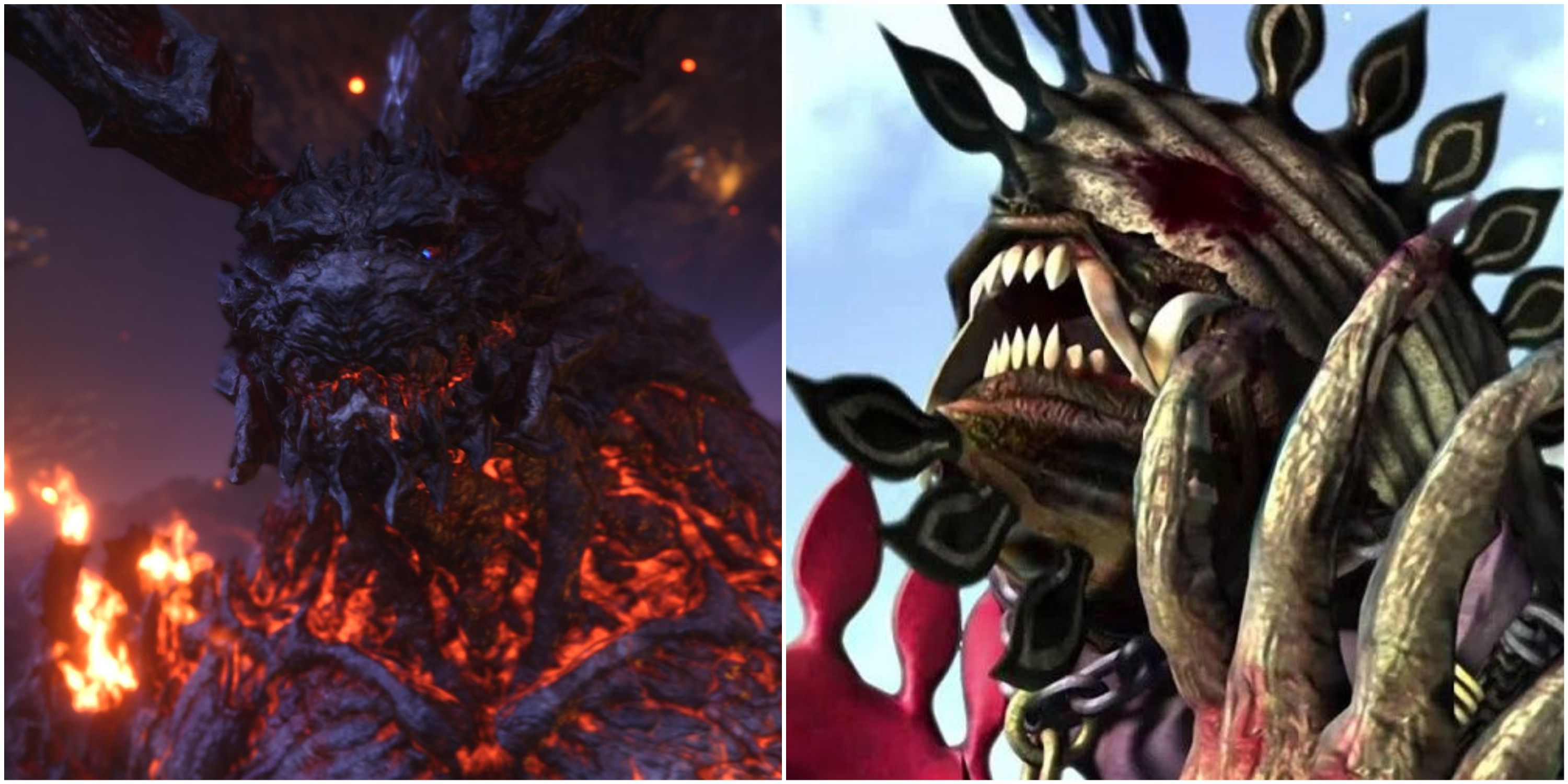
Related
Final Fantasy: 8 Scariest Summons, Ranked
Not all Final Fantasy summons look particularly friendly. Here are some of the scariest ones that have appeared throughout the series.
To compound the learning curve further with the Gambit system, new instruction formats are purchasable items like gear or ability upgrades, making for a very convoluted system that takes a long time for players to master. At least the rest of the battle system and abilities will be more familiar to Final Fantasy veterans, especially with the improvements made to character progression by the Zodiac Age edition of the game.
2
Final Fantasy 5
Party Composition
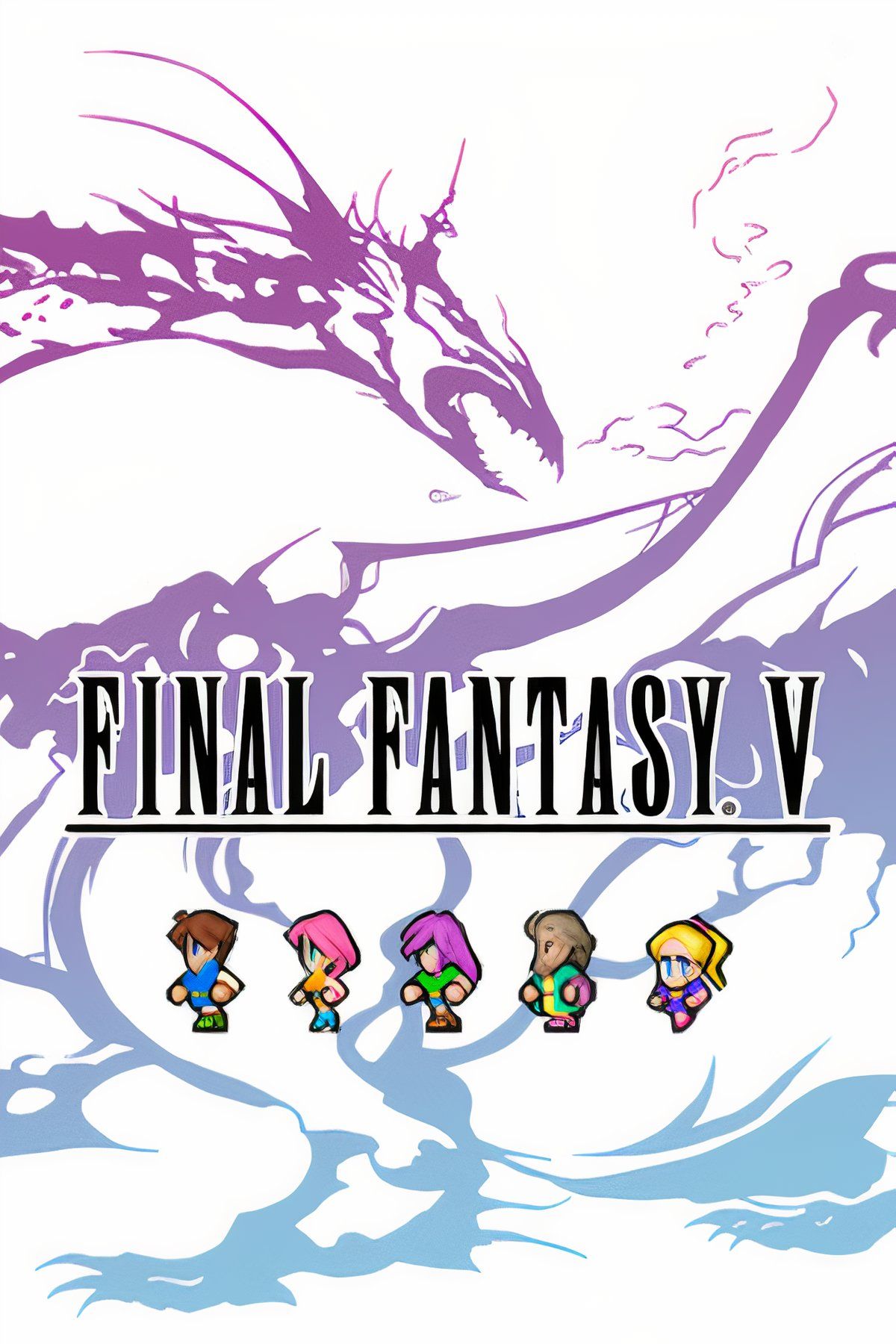
- Released
-
December 6, 1992
- ESRB
-
T For Teen due to Mild Fantasy Violence, Partial Nudity
- OpenCritic Rating
-
Mighty
Final Fantasy 5 features one of the most fleshed-out versions of the Job System in any Final Fantasy game. The original game featured twenty-two jobs, with four added for the later Game Boy Advance release. While it allows for a lot of customization, the general difficulty level of the game’s bosses means that players have to think ahead and plan out job progression and party compositions.
The idea of job mastery returns, so players can level jobs independently of each other, and eventually create hybrid classes that can use some abilities of a mastered job. This leads to a lot of learning, and at the time the game was released, that meant learning by trial and error or talking to other friends who were playing. The game has better overall balancing than some other early FF games, without the huge difficulty spikes found elsewhere, but at the same time is one of the most difficult games as it expects the player to fully master the job system and party compositions.
1
Final Fantasy 2
Figuring Out The Game By Yourself
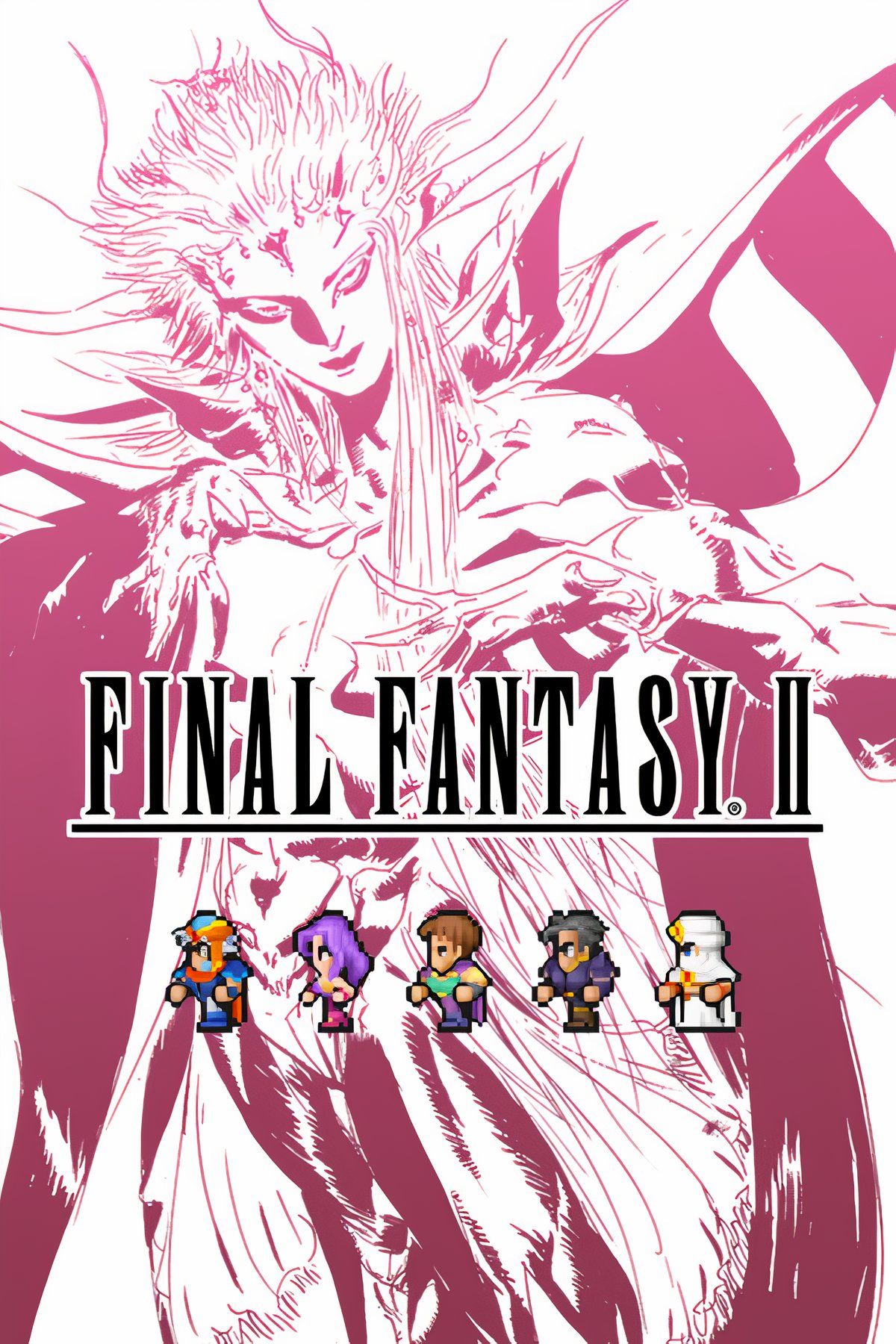
- Released
-
December 17, 1988
- ESRB
-
t
- Developer(s)
-
Square
Final Fantasy 2 might have the steepest learning curve of any Final Fantasy game, mainly because it expects players to learn everything about the game by themselves. The game is unique in the Final Fantasy series for several reasons. There are no exp levels for characters in the standard sense. Instead, characters level attributes based on what actions they take – attack with a sword a lot, and a character will become more adept with swords, for example.
Outside of battle, the game doesn’t get any easier to understand. One of the game’s core systems is the word memory system. Players have to memorize certain key phrases by talking to NPCs or reading about them. These key phrases are then used for progression and to uncover secrets, and learning how they work together is a puzzle in itself.
Beyond these difficult to learn core concepts, the game also has a few localization quirks and glitches that make some abilities more difficult to understand than they should be. However, despite the steep learning curve, these unique aspects make Final Fantasy 2 an endearing game to go revisit.
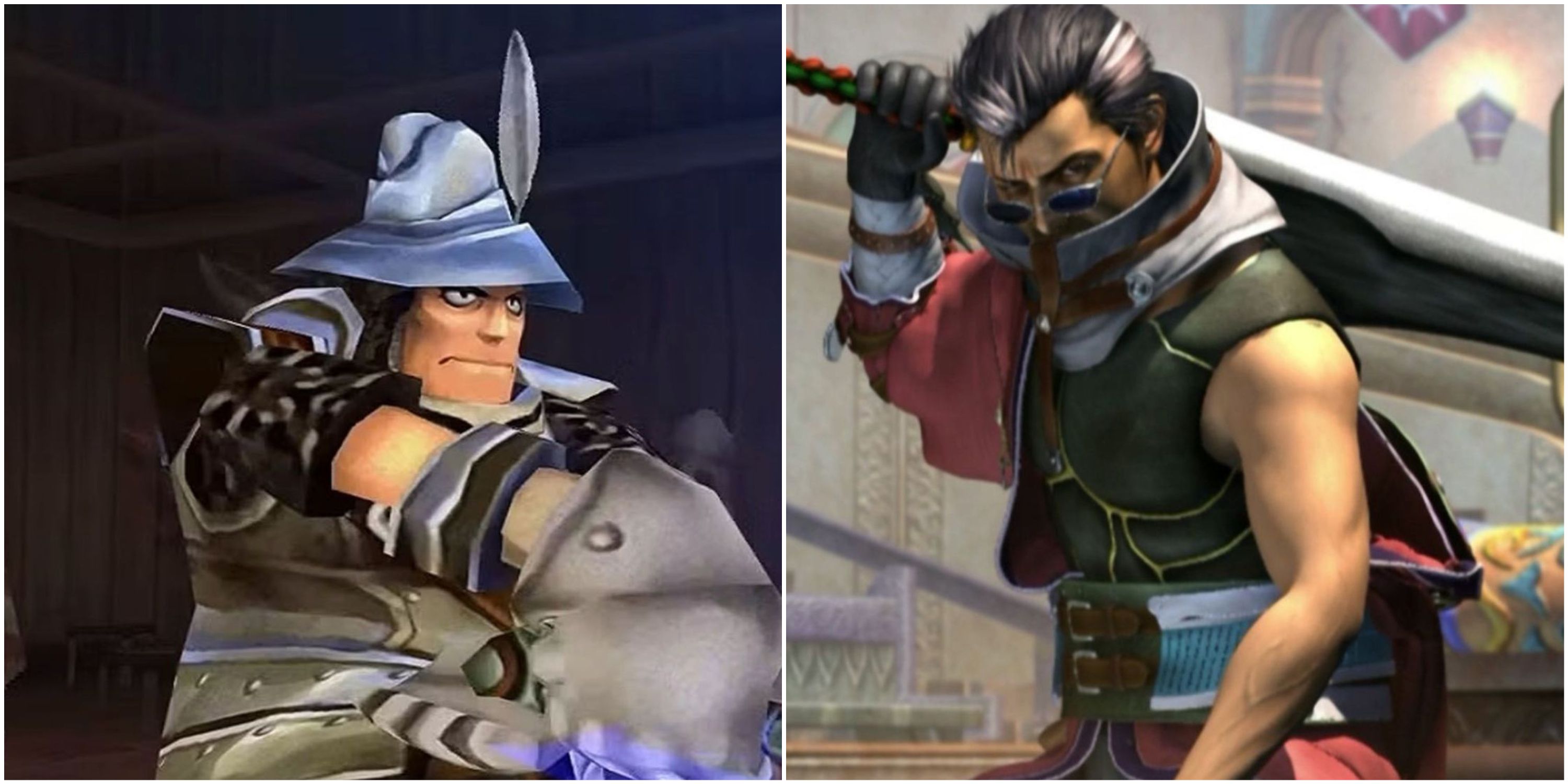
More
Best Stories In Final Fantasy Games, Ranked
The vast Final Fantasy franchise tells plenty of epic stories, but these games have the strongest narratives of them all.



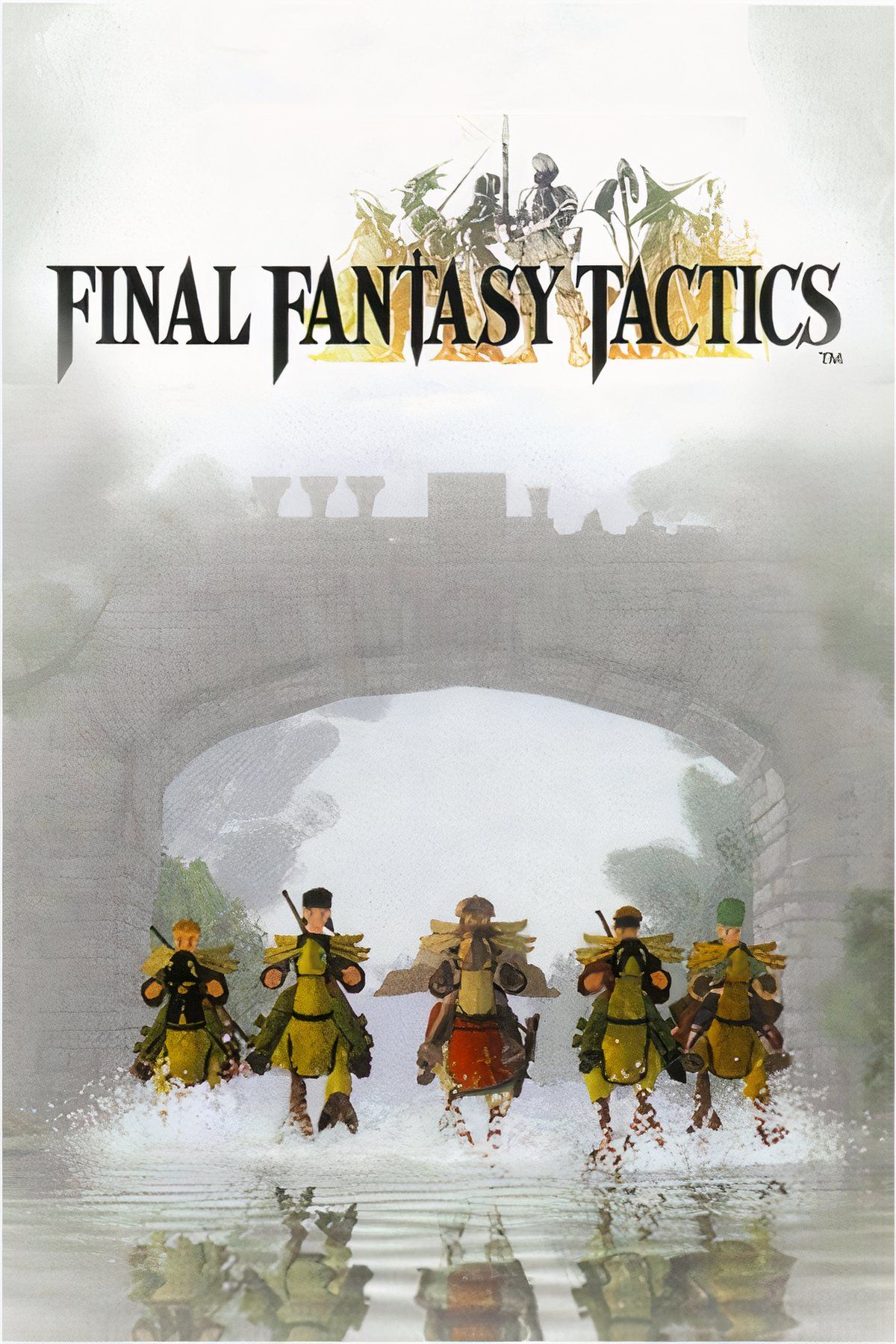








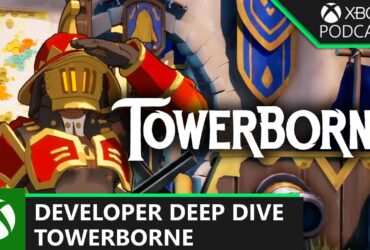
Leave a Reply